Nuclear power of Russia
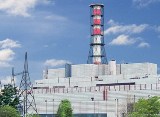 This year marks the 70th anniversary of Russian nuclear power. This is a dynamically developing area of the country's economy. Russia confidently implements the plans outlined in previous years for the further development of domestic nuclear energy, participates in international projects and also develops innovative nuclear technologies. By introducing them not only in Russia itself, but also in foreign countries.
This year marks the 70th anniversary of Russian nuclear power. This is a dynamically developing area of the country's economy. Russia confidently implements the plans outlined in previous years for the further development of domestic nuclear energy, participates in international projects and also develops innovative nuclear technologies. By introducing them not only in Russia itself, but also in foreign countries.
The main peak of Russian nuclear energy came in the 1980s. Electricity production from nuclear power plants has increased significantly after some stagnation in the mid-1990s.
In nuclear power, Russia has a full-cycle technology, from the extraction and production of fuel to the reliable disposal of nuclear waste. It is integrated simultaneously with the global processes of the nuclear industry, but at the same time it is self-sufficient and gives impetus to development in other countries.
The figure below schematically shows the device of a nuclear reactor designed to serve a power plant.Here we see: uranium rods that are nuclear fuel, graphite that acts as a moderator of a nuclear reaction, a reflector designed to trap neutrons in a nuclear reactor, and a protective concrete shell several meters thick that prevents neutrons and gamma from penetrating from the nuclear reactor in the external environment.
Water or any liquid metal, such as potassium, sodium, lead, is pumped from a nuclear reactor into a heat exchanger, where they give up their heat to the water circulating in the coil of the heat exchanger, and then return to the nuclear reactor. The water heated in the heat exchanger coil is converted into high temperature and pressure steam and directed through the steam pipe to the steam turbine which drives the electric power generator in rotation.
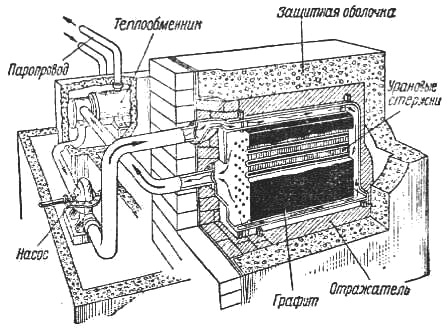
Diagram of a nuclear reactor with a graphite moderator
The most powerful nuclear power plant in Russia is Balakovskaya. Its annual production capacity is thirty billion kilowatt hours. After the commissioning of the second stage, it will become the most powerful nuclear power plant in Europe, equal to the Zaporizhzhya nuclear power plant in Ukraine. Most of Russia's nuclear facilities are located in the European part of the country.
The nuclear technologies currently used in most nuclear power plants require fuel that is far below the country's proven natural gas reserves. But despite this, the share of production in nuclear power plants is high. So in the European part of the Russian Federation it exceeds forty percent. Average in the country — a little less than a fifth of the entire generation.
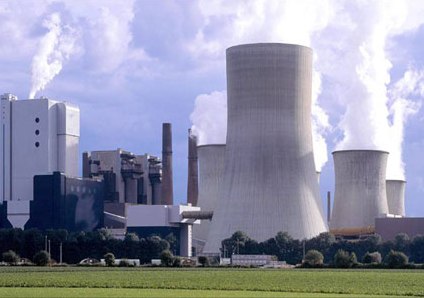
Today, the main emphasis in scientific developments in the field of nuclear energy technologies is placed on controlled thermonuclear fusion. According to experts, this direction belongs to the future.
Russia is the undisputed world leader in the development of reactors using fast neutron technology. Such energy blocks are very promising. They enable expansion of the fuel base, minimization of waste in nuclear energy, as they have a closed cycle. Such innovative technologies exist in several countries that are developing their own nuclear power. Experts recognize Russia's technological leadership in the world nuclear market and its complete independence in this matter.
The World Nuclear Association recognized Russia as a world leader in the development of new technologies for nuclear power plants. The most important political and economic strategy of the Russian Federation is the supply of nuclear energy equipment, technologies and services to other countries.
At the beginning of 2014, Rosatom specialists had orders for twenty nuclear power plant units in their portfolio. Some projects have already been implemented, some are in the planning stage. The total amount of foreign orders is over one hundred billion dollars. Customers are satisfied with the relative cheapness of Russian technologies and their safety. However, the decisive role in the selection of partners for the construction of a nuclear power plant is played by the fact that Russian experts transfer their experience and knowledge to foreign partners.
The state corporation "Rosatom" is the only one in the world that offers a full range of services on the global nuclear energy market.Russian specialists not only build nuclear power plants, assemble the safest energy units and put them into operation, deliver nuclear fuel, but also decommission the units, train national personnel and participate in the scientific developments of their foreign partners.
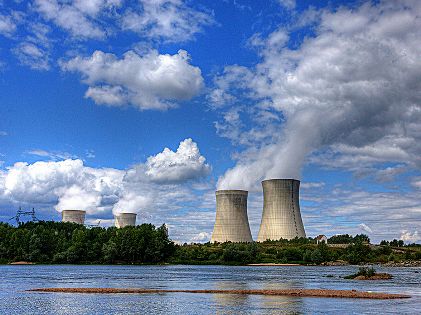
Thanks to cooperation with Russia, many countries were able to create their own nuclear power from scratch. The Russian Federation is building a record number of nuclear reactors outside its borders, more than any other country in the world. And the number of orders is increasing every year.
So last year started with twenty orders designed for ten years, by the end of the year there were already twenty-eight. The amount of contracts for the first time in history exceeded the mark of one hundred billion dollars, for comparison, 2013 gave a figure of seventy-four billion.
According to experts, two projects of "Rosatom" for the construction of nuclear power plants in Iran and India are "projects of 2014", while they are in the world trend in terms of the introduction of the most advanced technologies that allow the production of electricity in the most clean and efficient way.
This technological transition is taking place in a timely manner. Uranium reserves explored all over the world are not able to ensure stable development of nuclear energy using obsolete thermal reactors. According to the calculations of specialists, if Russian nuclear power plants reach the planned power generation capacity of 60 gigawatts by 2030, which is a fourfold increase in production, the studied uranium reserves will last only 60 years.
Fast reactor technology will greatly expand the fuel resource of nuclear power. This technology is the future. The development of Russian scientists and engineers will allow nuclear power to develop in the future, regardless of fuel in the foreseeable future. And this is not just a project that needs to be implemented. No other country in the world has such Russian experience. For twenty years now, a fast neutron unit has been successfully operating at the largest local nuclear power plant.
Nuclear power is an industry where long-term planning is necessary. Therefore, Russia has a strategy for the development of nuclear power plants until the middle of the twenty-first century. It consists of several basic postulates. Nuclear fuel must be reproducible. Operation is based on the principle of natural safety; nuclear power must be competitive.
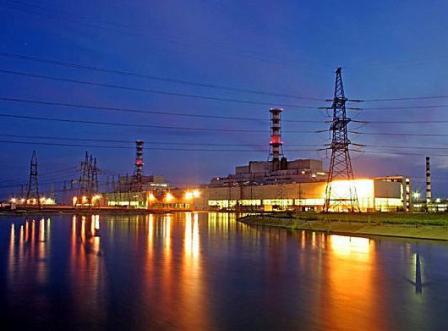
Natural safety is a fundamental principle. Its provision generally excludes serious reactor accidents associated with its destruction and release of radioactive substances into the environment, as well as serious accidents at enterprises producing nuclear fuel. It also includes a small amount of radioactive waste generated during production of fuel and the operation of reactors to be buried.
The strategy for the development of nuclear energy in Russia envisages precisely these principles of development, which will make the production of electricity in nuclear power plants completely safe and environmentally friendly. At the same time, environmental requirements will be tightened in parallel. Reactors of the new type will become more competitive compared to plants operating on natural gas.In the future, decommissioning them will become cheaper.
The successes of recent years give reason to claim a large-scale demand for Russian nuclear energy in the near future. Although recently many have doubted this.
